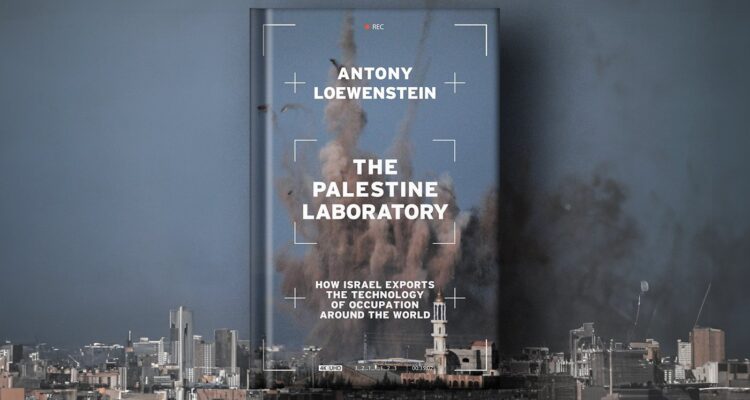On Tuesday 4 July the Australian Institute of International Affairs NSW hosted an address by Antony Loewenstein, author and political analyst, on the Israeli government’s use of its presence in Palestine to develop an international market in surveillance technology. As background, Loewenstein observed that, when he was growing up in Melbourne in the years after World War II, Israel was seen as deserving unqualified support: Israel, Zionism and Judaism had been seen as pretty much the same thing. But there was now increasing scrutiny among Jews of what is happening in Palestine under Israeli occupation. In his view, the existence of a Jewish state discriminates, by definition, against non-Jews. Media coverage, nevertheless, continued to simplify the situation as a two-way battle between Israelis and Palestinians.
Since its establishment, Israel (as detailed in his recently-published book The Palestine Laboratory) had been occupying increasing areas of Palestine and in that time had developed a range of tools and technologies for maintaining the occupation – “smart walls”, facial recognition, biometric data – designed to control and divide Palestinians. Technology such as Pegasus spyware, manufactured by the Israeli NSO group, was now exported throughout the world; it enabled governments to control mobile phones, emails and photos. And this was the tip of the iceberg. Israel had battle-tested these new technologies on its five million Palestinian captive population. Palestinians were powerless in this situation to affect Israel’s role: they were notionally governed by the corrupt Palestinian Authority but real power lay with the Israeli occupiers.
Read the report from the Australian Institute of International Affairs.

